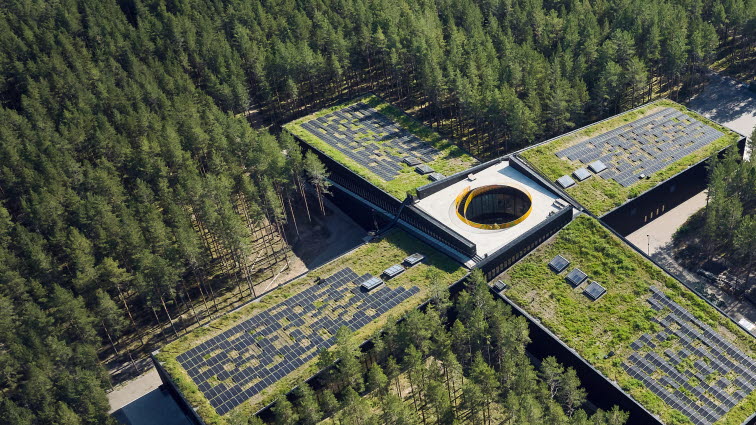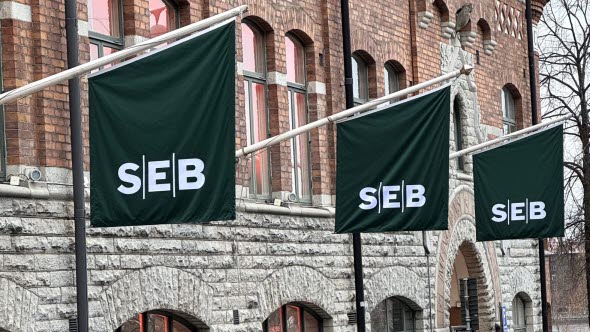Our SIMS-S model
SIMS–S, our proprietary analytical model, plays a central role in our portfolio managers' sustainability analysis – whether for investment decisions or identification of material risks.

Past performance is not indicative of future results. The value of fund units/shares can rise as well as fall and you may not get back the amount invested.

Before investing in a company we carefully assess it from a sustainability perspective. The assessment is made using our sustainability model, which provides a solid foundation for our work with integration.
Integration is about applying a systematic sustainability analysis during investments. More specifically, it is about making sure all sustainability issues are considered, analysed, quantified – and that sustainability is promoted – before, during and after each individual investment decision.
We have developed our own sustainability model (SIMS-S) which – employing several external and internal data sources – gives each potential investment a sustainability rating. The rating is based on risks, adverse impacts, opportunities, the global sustainability goals, carbon footprint, etcetera and gives us an overview of each company's sustainability profile.
The purpose of the sustainability model is to give each company an individual, relevant, significant and forward-looking rating. The sustainability rating provides guidance on which sustainability factors that may have a negative impact on long-term risks and returns for the company in question.
Through our sustainability analysis we focus on specific sector risks, adverse impacts, the sustainability aspects of different products and services, as well as impact in relation to long-term sustainable value creation.
SIMS-S is a dynamic tool that will be continuously developed to ensure adaptation to both scientific research and changes in legislation. In our Sustainability Policy and in our Climate Statement you can learn more about how we work with identifying companies that contribute to a sustainable development.
SIMS–S, our proprietary analytical model, plays a central role in our portfolio managers' sustainability analysis – whether for investment decisions or identification of material risks.
The European Commission's Green Deal contains several initiatives in the field of sustainable financing which include mandatory rules that affect asset managers. According to the new regulation – sometimes called the “disclosure regulation” or “SFDR” (Sustainable Finance Disclosure Regulation) – asset managers are obliged to report on how their funds consider sustainability risks and aspects, starting from 10 March 2021.
The regulation categorizes funds according to three articles: Article 6, Article 8 and Article 9. We have reviewed all our funds, in order to assess which article they best correspond to. You can find information about each fund's sustainability profile in the fund list on our website.
Below we describe how we have classified our funds:


Feel free to contact us if you have any questions.
SEB
Malmskillnadsgatan 44 B
Stockholm
+46 771 62 10 00